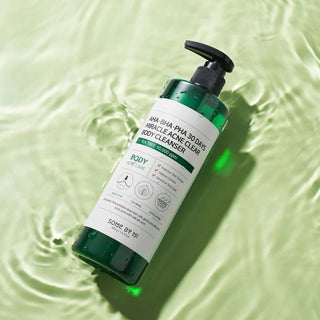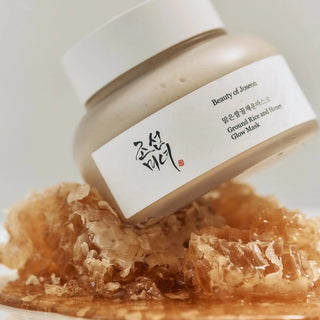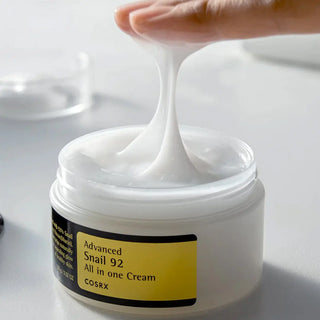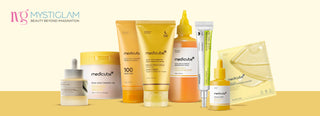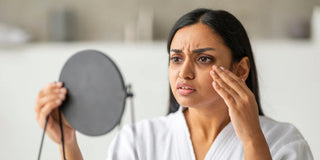Understanding skin is the first step toward healthier, more comfortable skin. If you have ever stood in front of the mirror, unsure why a product works one week and not the next, your skin type may hold the answer.
This blog gives a clear, science-backed guide that helps you identify your type, explains skin type characteristics, and shows how to build a simple routine that actually helps.
Why Skin Type Matters?
Knowing your skin type matters because products affect skin differently. Some formulas add moisture, while others reduce oil production. When you pick products that match your skin, you reduce irritation, improve results, and save time and money. Understanding skin types also helps you prioritize active ingredients and protective steps that prevent damage over the long term.
Common Skin Types Explained
Below are the major categories used by dermatologists and skincare professionals. These common skin types are a starting point. Many people will fit squarely into one category. Some people will have traits from two categories.
Normal Skin
Normal skin feels balanced. It rarely feels tight or overly oily. Pores are small, and the texture is usually smooth. This type tends to respond well to basic care. A gentle cleanser, lightweight moisturizer, and daily sun protection keep normal skin in good condition.
Oily Skin
Oily skin shows visible shine, especially in the T-zone area, and pores may appear larger. Breakouts occur more often when oil and dead skin cells clog pores. For oily skin, lightweight, non-comedogenic products work best. Ingredients that help regulate sebum and prevent breakouts are beneficial.
Dry Skin
Dry skin often feels tight and may also flake. Fine lines can appear more pronounced. Dry skin benefits from richer, occlusive moisturizers that lock in hydration. Look for humectants like hyaluronic acid and glycerine, combined with emollients and barrier-repairing lipids.
Combination Skin
Combination skin has mixed traits. The T-zone tends to be oilier, while cheeks stay normal or dry. Combination skin needs strategic layering. Balance oil control where needed and richer hydration in drier zones. This approach prevents over-drying or over-moisturizing any area.
Sensitive Skin
Sensitive skin reacts easily. Signs include stinging, burning, or redness after new products or environmental exposure. Calm, fragrance-free formulas with minimal actives are safer for sensitive skin. Patch testing helps avoid widespread reactions.
How to Find Your Skin Type at Home?
You do not need fancy tools to find skin type. Try this simple test in the morning before applying any products.
Step 1: Cleanse: First, wash your face with a non-stripping, gentle cleanser. Pat dry with a soft towel.
Step 2: Wait: Sit for 30 to 60 minutes without applying any products. Avoid heavy activity and direct heat.
Step 3: Observe: Check how your skin feels and looks.
- If your skin feels balanced and shows little shine, you likely have normal skin.
- If your skin appears shiny and feels greasy, you likely have oily skin.
- If your T-zone is shiny and your cheeks feel dry, you likely have skin that is a combination of oily and dry.
- If your skin appears flaky or feels tight, you probably have dry skin.
- If your skin stings, burns, or looks red, you likely have sensitive skin.
You can also press a clean tissue or blotting paper to different areas. An oily mark across many zones indicates oiliness. Little residue suggests dryness.
Use this simple method as part of a broader understanding. Your skin can shift with seasons, hormones, stress, and medications. Repeat the test when changes occur. Visit our online store to discover a fantastic assortment of Korean beauty products in Dubai.
Build The Right Routine for Your Skin Type
A routine should be simple, consistent, and personalized. The basic structure stays the same for all skin types: cleanse, treat, hydrate, and protect. Product choice and texture change based on need.
Cleanser
Choose a mild cleanser that removes dirt without stripping natural oils.
- Oily Skin: Gel or foaming cleansers that are non-comedogenic.
- Dry Skin: Cream or milk cleansers with added emollients.
- Combination Skin: Gentle gel cleanser that cleanses without over-drying.
- Sensitive Skin: Fragrance-free, soap-free cleansers labeled for sensitive skin.
Toner and Pore Care
A toner can restore pH balance and remove residue. Select alcohol-free toners with soothing ingredients for sensitive skin. For oily skin, look for toners with mild exfoliants like low-concentration salicylic acid.
Treatments and Serums
Target one or two concerns at a time. Active ingredients should match skin needs.
- Acne or Excess Oil: Use salicylic acid or benzoyl peroxide.
- Uneven Texture or Dullness: Use gentle chemical exfoliants such as AHAs.
- Dryness or Barrier Repair: Use niacinamide and ceramides.
- Aging Concerns: Introduce a retinoid slowly under guidance.
Apply serums after cleansing and before moisturizer. Start slow with powerful actives and patch test new products.
Moisturizer
Lock in hydration with an appropriate moisturizer.
- Oily Skin: Lightweight, water-based gels and oil-free lotions.
- Dry Skin: Rich creams with occlusive agents like shea butter or squalane.
- Combination Skin: Use lighter formulas on the T-zone and richer creams on cheeks, or mix products.
- Sensitive Skin: Use fragrance-free moisturizers with barrier-repairing ingredients.
Sunscreen
Sunscreen is essential every day. Choose broad-spectrum protection with SPF 30 or higher. For oily skin, try gel-based sunscreens. Tinted mineral sunscreens can help sensitive skin by using zinc oxide or titanium dioxide.
Practical Tips For Success
- Be consistent. Most routines need weeks to show results.
- Patch test new products on a small area for three days.
- Read product labels. Terms like non-comedogenic and oil-free can be helpful for oily skin.
- Treat skin gently. Avoid harsh scrubs and aggressive routines that damage the barrier.
- Reassess with seasonal shifts. Use richer products in cooler months and lighter options in hotter months.
- See a dermatologist for persistent concerns or severe reactions.
Conclusion
Learning about skin helps you make smarter product choices and build a routine that supports long-term health. This skin type guide gives you the tools to identify your skin and create a simple, effective routine. Begin with cleansing and observing, then select products that match your needs. With consistent care and small adjustments, you can protect your skin and improve how it looks and feels.
Want a targeted selection of calming, effective formulas? Check our website for Abib Korean skincare.


